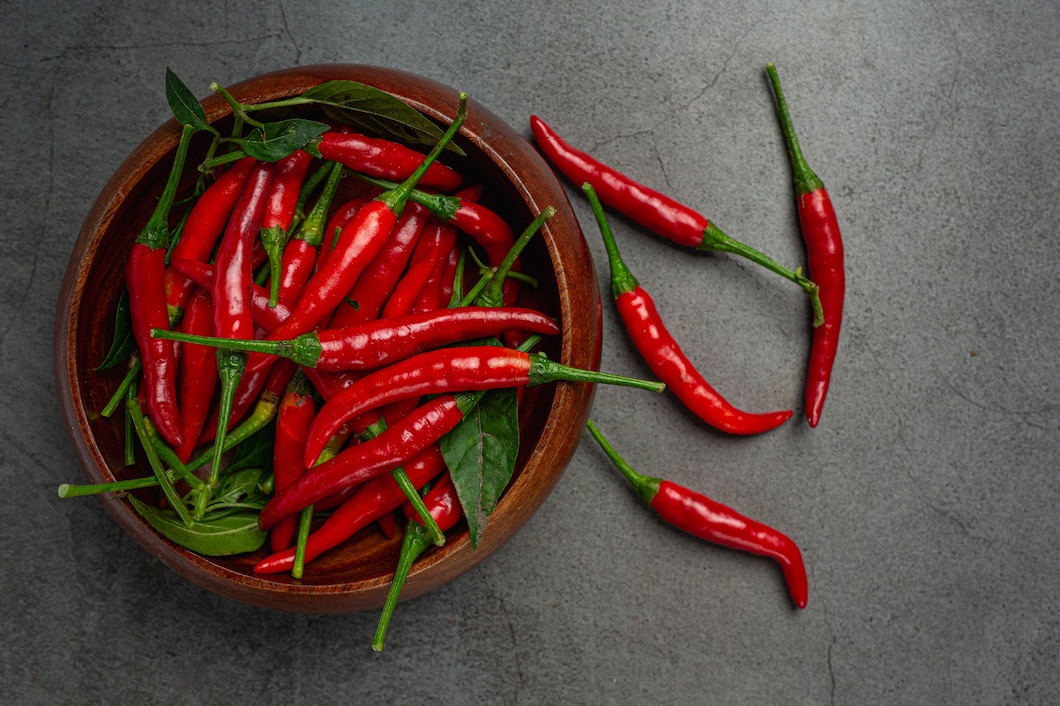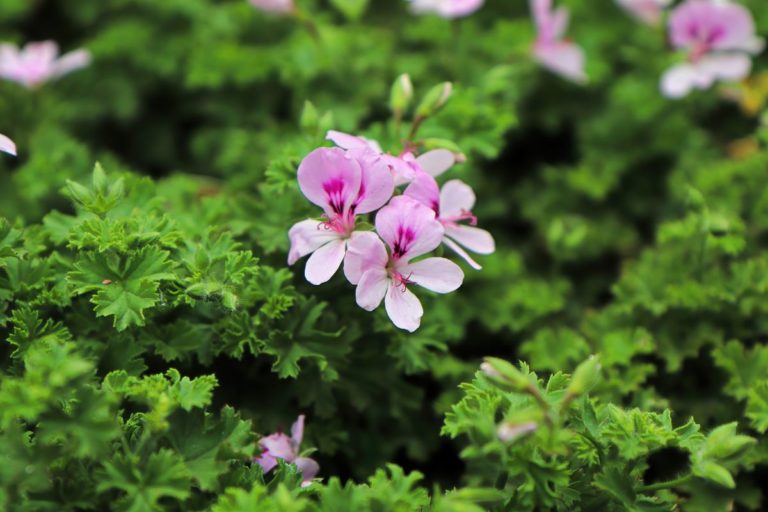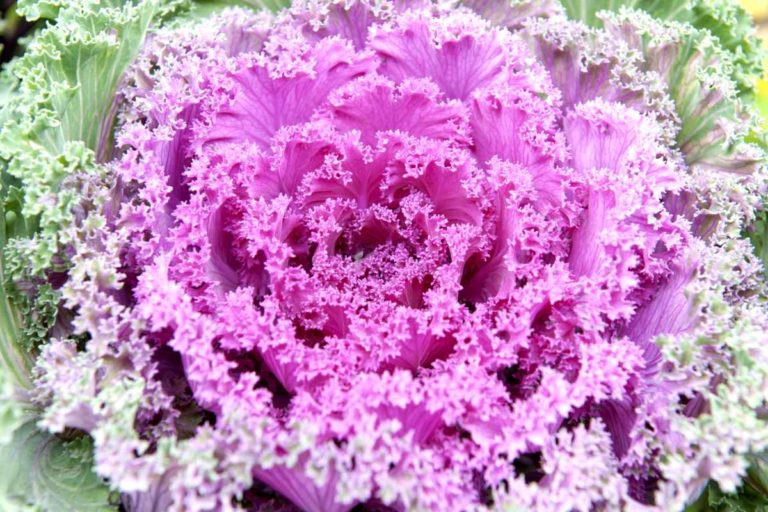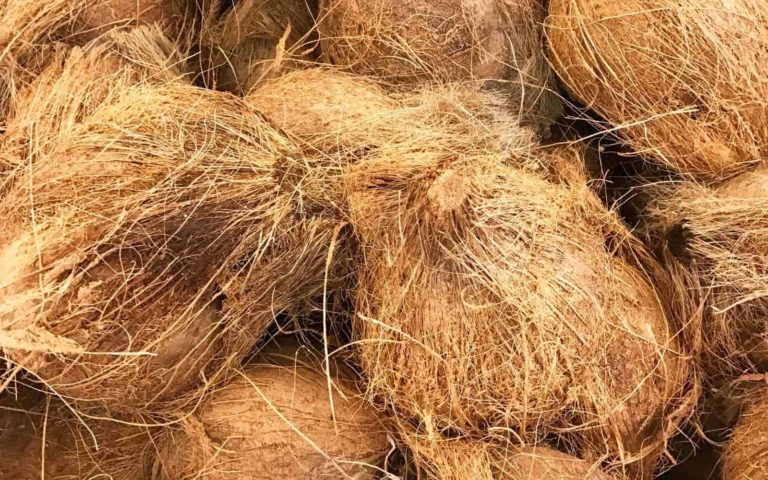How to Grow Chili Peppers Indoors: The Ultimate Guide
Do you love chili peppers but don’t have enough space to grow them outdoors? Or maybe you’re just looking for an exciting new indoor gardening project. If so, then this is the blog post for you! This post will discuss everything you need to know about growing chili peppers indoors. From soil requirements to watering and fertilizing, we have got you covered. So get ready to add some spice to your life with a few chili peppers grown in your home!
Once you’ve chosen the right variety of chili pepper for indoor growing, you need to follow some essential tips on how to grow chili peppers indoors. One of the most important things to remember when growing chili peppers indoors is to water them regularly. Chili peppers need to be kept moist but not waterlogged. Allow the top inch of soil to dry before watering your chili peppers again.
Another important tip for growing chili peppers indoors is to fertilize them every two weeks with a half-strength solution of liquid fertilizer. Finally, keep an eye on your chili peppers for pests and diseases. If you see any problems or infections on your chili peppers, take action immediately to remove them and prevent them from spreading.
1. Choose the Right Variety of Chili Pepper
One of the most important things to consider when growing chili peppers indoors is to choose the right variety. Some chili pepper plants are more suited to indoor growing than others. For example, varieties such as the jalapeño, serrano, and habanero are good choices for indoor growing.
Why Jalapeño, Serrano, and Habanero Peppers Are Good for Indoor Growing
One of the reasons why these chili pepper varieties are suitable for indoor growing is that they don’t require a lot of space. Jalapeño, serrano, and habanero plants can be grown in containers without taking up too much space in your home. Another reason these chili pepper varieties are good for indoor growing is that they do not require a lot of light. These chili peppers can thrive in an environment with indirect sunlight.
7 types of chili peppers for cooking
1. Bell peppers
Bell peppers – named after their bell-shaped fruit – are the most common chili pepper. They are large and have a sweet, mild flavor, come in various colors, including red, yellow, and green, and they have a mild to medium heat level. Bell chili peppers are often used in stir-fries, sauces, and salsas, or they can be eaten raw. If you are looking for a chili pepper with a bit of sweetness, bell chili peppers are a good option.

2. Jalapeño peppers

Jalapeño peppers are a type of chili pepper that is typically used in Mexican and Tex-Mex cuisine. They can be eaten fresh, pickled, or cooked as well. When eaten fresh, jalapeño peppers have a green, grassy flavor, when pickled, they have a sour, vinegary taste, when cooked, they have a milder flavor. Jalapeño peppers range in heat from mild to very hot. The heat of a jalapeño pepper is measured on the Scoville scale.
Jalapeño peppers…
- …with a Scoville rating of 2,500 to 8,000 is considered medium-hot.
- …with a Scoville rating of 8,000 to 10,000 is considered to be hot.
- …with a Scoville rating of 10,000 or more is considered to be very hot.
Jalapeño peppers are used in many dishes, such as salsa, guacamole, and chili. They can also be used as a garnish or eaten whole as a snack. The hottest jalapeño pepper on record has a Scoville rating of 2.2 million.
3. Serrano peppers

Serrano peppers are a type of chili pepper that originated in Mexico. Jalapeño peppers are a variety of Serrano peppers, and both types of pepper are used in Mexican cuisine. Serrano peppers are usually green when they are young but turn red or yellow as they mature. The peppers can range in size from less than an inch to several inches long, and they are typically quite skinny.
When compared to Jalapeño peppers, Serrano peppers tend to be spicier. As a result, they are often used in salsas and other dishes where a little extra heat is desired. When handling Serrano peppers, it is important to wear gloves, as the peppers’ capsaicin can cause skin irritation.
4. Habanero peppers
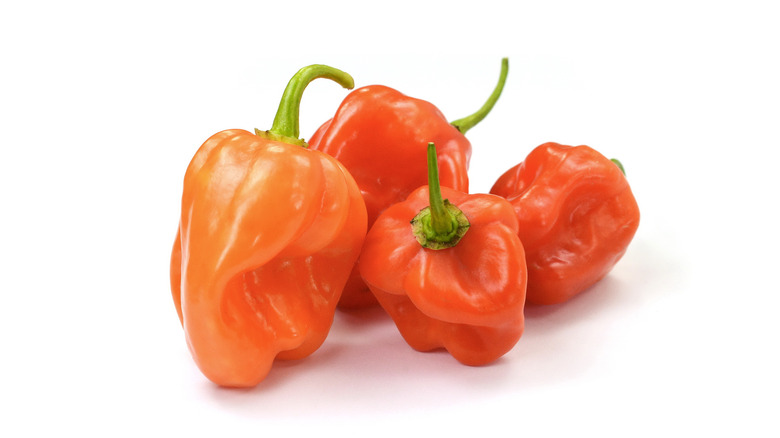
Habanero peppers are small chili peppers that pack a very intense heat. They are often used in hot sauces and other highly spicy dishes. Jalapeño and habanero peppers can add spice to a dish, but Jalapeño peppers are more common due to their milder flavor. If you’re looking for a little extra heat, though, habaneros are the way to go. Just be careful not to touch your eyes after handling them!
5. Ghost peppers

Ghost peppers are small chili peppers that pack an incredibly intense heat. They are one of the hottest chili peppers in the world and should be used with caution. Ghost peppers originated in India and are one of the hottest peppers in the world. They are so hot that they are sometimes used as a form of self-defense. Ghost peppers can be up to 100 times hotter than jalapeño peppers, making them a powerful weapon against would-be attackers. If you’re looking for a little extra spice in your life, ghost peppers are definitely worth trying. Just be sure to handle them with care!
6. Carolina Reaper peppers
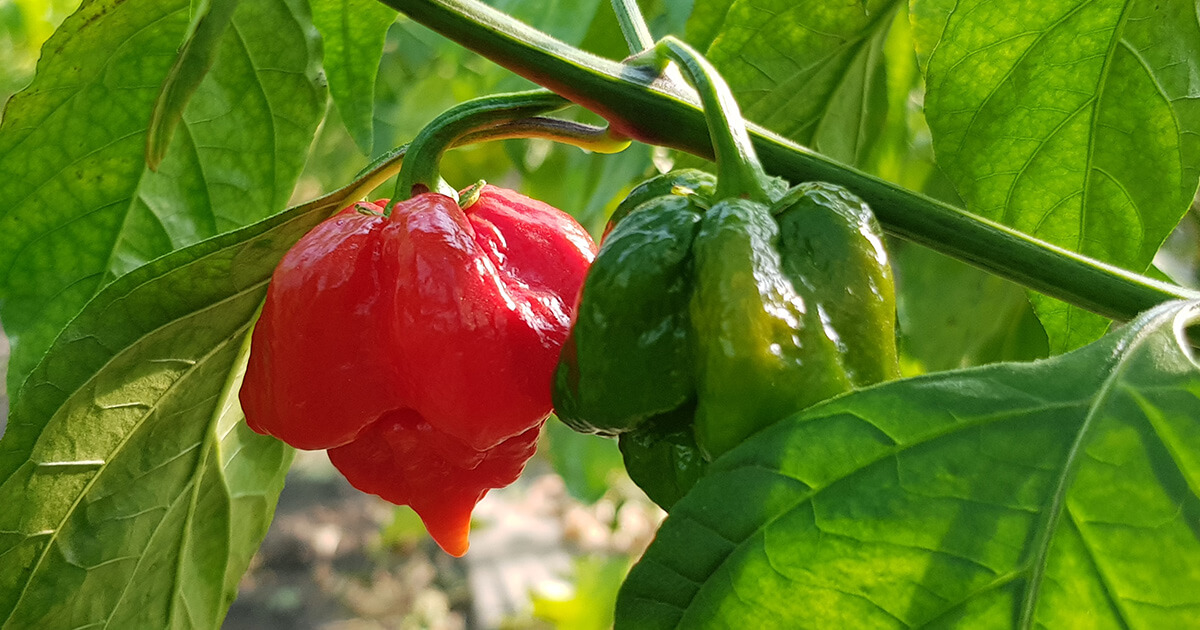
Carolina Reaper peppers are a type of chili pepper that is native to the United States. These peppers are extremely hot and have been known to reach over 2 million Scoville heat units. Carolina Reaper peppers are commonly used in hot sauces and other spicy dishes. However, they can also be eaten fresh. When eating Carolina Reaper peppers, it is important to wear gloves and to avoid touching your face or eyes. Carolina Reaper peppers can also be dried and ground into powder. This powder can then be used to add spice to food.
Carolina Reaper powder is also sometimes used as a natural remedy for pain relief. This pepper is a popular ingredient in many hot sauces. Some of the most popular brands of hot sauce that contain Carolina Reaper peppers include Mad Dog 357, Da Bomb, and BlBlair’s6 Million Reserve. Carolina Reaper peppers are also sometimes used in competitive eating contests. In 2017, Carolina Reapers were used in the World Chili Eating Championship, and the winner could eat nearly 200 grams of Carolina Reaper peppers in just one minute. Carolina Reapers are some of the hottest peppers in the world, and they can be a great way to add spice to your food.
7. Chocolate Habanero peppers

The chocolate habanero pepper is a variety of chili pepper that gets its name from its Chocolate brown color. As with other habanero peppers, it is extremely hot, measuring 100,000-350,000 on the Scoville Scale. The peppers are native to the Amazon region and were first introduced to the United States in the early 2000s. While they are most commonly used in sauces and salsas, their unique flavor has also made them a popular ingredient in Chocolate desserts.
When used in baking, the peppers add a subtle heat that complements the sweetness of the chocolate. In addition to their culinary uses, Chocolate habanero peppers have also been used in traditional medicine for their purported health benefits. Some believe that these peppers can help to relieve pain and improve digestion. However, more research is needed to confirm these effects.
2. Start with Healthy Plants
Starting chili peppers from seed can be a great way to get a head start on the gardening season. However, it is important to begin with healthy plants. Look for seeds that are disease-free and have a high germination rate. You can also purchase seedlings from a reputable nursery or garden center. Following these tips ensures that your chili pepper plants get off to a strong start.
Why Start from Seed?
One of the advantages of starting chili peppers from seed is that you have a more comprehensive selection of varieties to choose from. Seeds are typically cheaper than seedlings, so starting from seed can save you money. Furthermore, growing chili peppers from seed is a rewarding experience that can teach you a lot about plant care.
What to Look for in Seeds
When selecting chili pepper seeds, look for disease-free ones with a high germination rate. It is also essential to make sure that the seeds are fresh. Old seeds may not germinate at all, or they may produce weak plants. To test the freshness of chili pepper seeds, place them on a damp paper towel and roll them up. Place the rolled-up paper towel in a warm spot and check it after 48 hours. If the seeds have germinated, they will be ready to plant. If not, they should be discarded and replaced with fresh seeds.
Another option is to purchase seedlings from a reputable nursery or garden center. This can be a good option if you are short on time or do not want to deal with the hassle of starting seeds yourself. However, keep in mind that purchasing seedlings will limit your selection of varieties.
How to Plant Chili Pepper Seeds
Once you have selected your chili pepper seeds or seedlings, it is time to plant them. Plant seeds in peat pots filled with potting mix if you are starting with seeds. Water the potting mix thoroughly, and then plant three or four seeds per pot, making sure the seeds are spaced evenly apart. Place the pots in a warm spot and keep them moist but not soggy. The seedlings should emerge within 10-14 days.
Once they have sprouted, thin out the weakest seedlings so that only one plant remains per pot. Transplant the remaining seedlings into individual pots when they are 4-6 weeks old and then harden them off before planting them outdoors. If you are starting with seedlings, transplant them into individual pots when they are 4-6 weeks old and then harden them off before planting them outdoors. When choosing a location for your chili pepper plants, ensure they will receive full sun and well-drained soil. Mix in some compost or well-rotted manure to prepare the soil before planting.
3. Plant in Well-Draining Soil
Chili peppers need well-draining soil to thrive. That means the soil should be loose and not too dense. If the soil is too dense, the water won’t let to drain properly, and the roots could rot. The best way to test if your soil is well-drained is to dig a small hole and fill it with water. If the water drains within an hour or two, you have well-draining soil.
If you’re unsure about your soil, you can do a few things to improve drainage. One is to add organic matter, such as compost or manure. This will help loosen up the soil and improve its ability to drain. Another option is to plant your chili peppers in raised beds. This will ensure that the roots are never sitting in waterlogged soil.
Learn more about what is the Best Mulch for a Vegetable Garden
4. Provide Plenty of Light
Chili peppers need plenty of light to grow well. If you do not have access to natural sunlight, you will need to provide artificial lighting using grow lights. Chili peppers need plenty of light to grow well. The best grow lights for chili peppers are fluorescent bulbs that emit full-spectrum light. These bulbs can be placed close to the plants without causing heat damage.
5. Keep the Temperature Consistent
Chili peppers like warm weather and prefer temperatures between 70-85 degrees Fahrenheit during the day and 60-70 degrees Fahrenheit at night. Chili peppers are a warm-weather crop. If your home is not naturally warm enough, you may need to provide additional heat using a space heater or grow light. They won’t do well if the temperature dips below 50 degrees Fahrenheit, so be sure to keep an eye on the temperature and adjust your indoor growing space accordingly.
6. Water Regularly but Avoid Overwatering
Chili peppers need to be watered regularly, but be careful not to overwater them as this can lead to problems such as root rot. Allow the top inch of soil to dry out before watering again. Indoor plants tend to dry out more quickly than outdoor plants. Water at the base of the plant rather than from above to avoid wetting the leaves, which can lead to fungal diseases. Learn about When is the best time to water your garden?
7. Fertilize Every Few Weeks
Chili peppers will benefit from fertilization every few weeks during their growing season. Use a balanced fertilizer such as 10-10-10 and follow the instructions on the package for application rates and frequency.
Improved Nutrient uptake
One of the main benefits of fertilizing your chili peppers is that it helps them better absorb soil nutrients. This is because fertilizer contains essential nutrients that chili peppers need to grow, such as nitrogen, phosphorus, and potassium. When these nutrients are applied directly to the soil, the plants can take them up more easily and use them more effectively. This leads to healthier plants that can withstand pests and diseases.
Bigger, Better Peppers
Another benefit of fertilizing your chili peppers is that it can lead to larger, healthier peppers. This is because the plants will have access to more nutrients, which means they can put more energy into fruit production. In addition, it helps promote better flower production, resulting in more fruits being produced overall. So if you’re looking for bigger and better chili peppers, regular fertilization is a must.
Lush foliage
Last but not least, another benefit of fertilizing your chili peppers is that it leads to lusher foliage. This is because the plants will access more nutrients for leaf growth. As a result, your chili pepper plant will be greener and healthier overall. Lush foliage provides ideal conditions for pepper production by trapping moisture and preventing evaporation.
Related Posts

